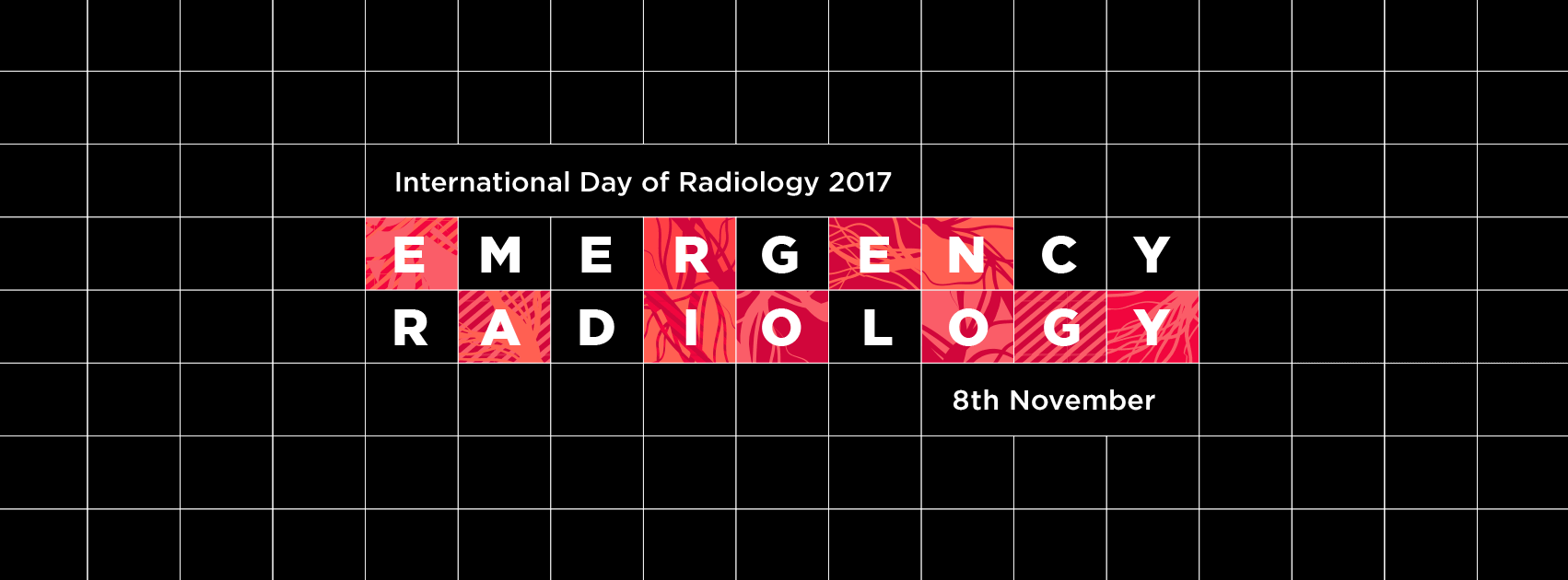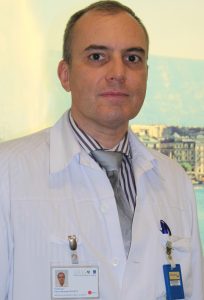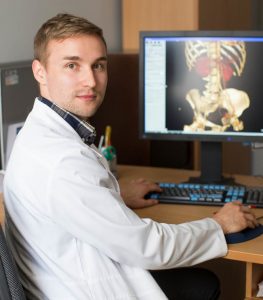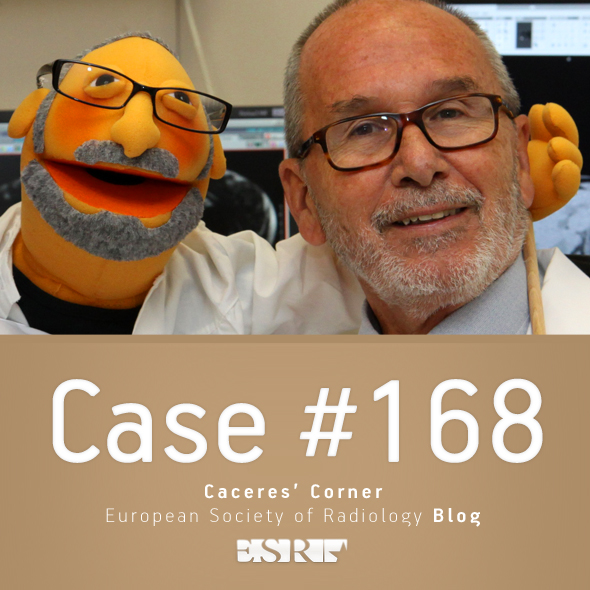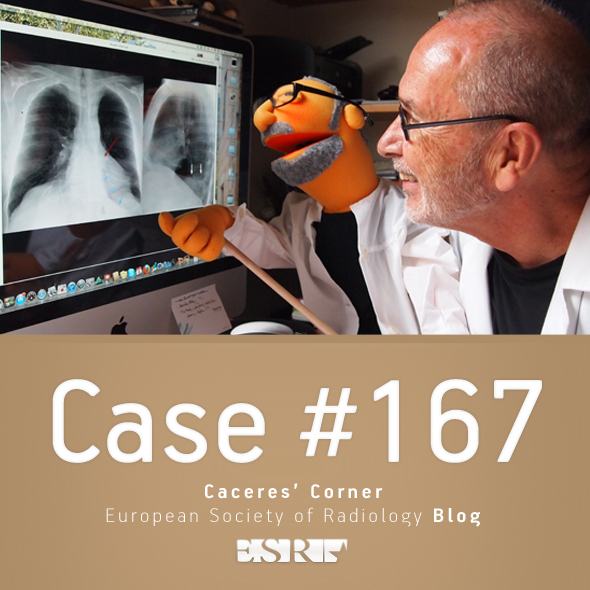Shortages of medical staff and equipment pose challenges in many emergency departments, says Romanian radiologist
This year, the main theme of the International Day of Radiology is emergency radiology. To get some insight into the field, we spoke to Dr. Radu Baz, an associate professor of radiology and head of the radiology department at Clinical County Hospital of Constanta, Romania.
European Society of Radiology: Could you please describe the role of the radiologist in a typical emergency department in your country?
Radu Baz: The radiologist is one of the most important members of emergency-service teams in Romania’s major hospitals. Radiologists here must examine and formulate rapid results for a large number of patients.
Because many emergency hospitals don’t have radiology imaging in emergency departments, radiologists dictate cases from the radiology department on emergency devices. In just one 24-hour period radiologists in our department dictated 220 x-rays, 70 ultrasounds and 45 CTs.
ESR: What does a typical day in the emergency department look like for a radiologist?
RB: Shifts start at 8:00, 14:00 and 20:00. During the morning and afternoon shifts there are three radiologists for conventional radiography, CT and MRI; ultrasound examinations often are conducted by the colleague responsible for conventional radiography. In most emergency hospitals, there are two radiologists on call: one who provides ultrasound and standard radiological assessments, and another for emergency CTs.
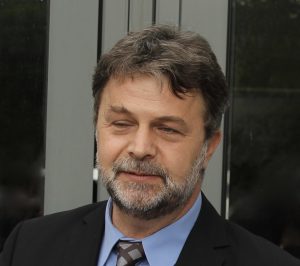
Dr. Radu Baz is an associate professor of radiology and head of the radiology department at Clinical County Hospital of Constanta, Romania.
Imaging (e.g. radiographic, CT and MRI) examinations are performed by radiology technicians or nurses, often under the direct supervision of physicians, who prioritise all cases. Physicians perform ultrasound examinations. Images are immediately transmitted to the hospital network for the use of clinicians and emergency physicians. Radiologists interpret images immediately from the x-ray console or from work stations in the reading room. Also, radiologists review complex cases in detail with clinician colleagues to assure proper case management.
ESR: Teamwork is crucial in an emergency department. How is this accomplished in your department and who is involved?
RB: Yes, indeed. Teamwork is essential in an emergency department. Direct and immediate collaboration with radiologists and their clinician colleagues helps us get through difficult cases. There often are situations when we call to ask advice from a radiologist colleague or ask to examine images while collecting clinical data. Also, there often are situations when we simply need to consult with a clinician on a case for a more in-depth approach.
